The idea of a live Nativity scene might seem common nowadays. But in St. Francis’ time, it broke new ground and opened up ways to deepen our spirituality during Christmas.
The first time I saw the Franciscan shrine of Greccio, Italy, was in 1972. I was living in Assisi with the Franciscan Sisters of the Atonement at St. Anthony Guest House and working on my first book, Francis: The Journey and the Dream.
It was my first sojourn in Italy, and I knew very little about the geography of the country outside of Assisi itself. And though I was writing about the places of importance in the life of St. Francis, I’d not actually been to any place beyond the environs of Assisi. So, whenever any of the guests would say they were taking a day trip to Perugia where Francis was in prison, or Mount La Verna in Tuscany where St. Francis received the sacred stigmata, or Gubbio where he tamed a ravenous wolf, I would muster the courage to ask if they had room for one more. Little by little, I began to understand the geography of St. Francis’ world.
‘The Belly Button of Italy’
Then one day someone said, “Let’s go to the Rieti Valley; it’s not that far, and Greccio is there, the place where St. Francis began the custom of the Christmas crèche.” I was all ears and eager to go, and later that morning we were climbing up the winding mountain road to the friary of Greccio, a short distance from the town of Rieti, which is the geographical center of Italy, the umbilicus, as the Italians call it, the belly button of Italy.
As we continued the steep climb, I began to see glimpses of the friary, which looked to me like a huge wasp nest clinging to the side of a cliff. It seemed that the smallest tremor might loosen its precarious perch and bring it crashing into the valley below.
The actual town of Greccio was about a mile away from the solitude and mountain setting of the place where the friars lived, as always seemed to be the case of towns that were near the friars’ places of solitude. Francis himself made it so, in order that the friars could live in silence and solitude, away from the hustle and bustle of the world of commerce and frenetic activity.
A New Kind of Christmas Celebration
But what makes Greccio unique in the life of St. Francis is what happened there at Christmastime in 1223, three years before he died. He came there wanting to celebrate Christmas in a new way, a midnight Mass with a real ox and donkey and with townspeople gathered around witnessing this live Christmas crèche. Christmas was the dearest of feasts because it revealed the profound humility of God in choosing to become a little baby, helpless and in need of us, just as we were when we were newborn babies.
For St. Francis, Christmas was linked inseparably to the Passion as well, because to become a human being means suffering and death. And there is already suffering in the Incarnation in God’s becoming human, leaving behind the trappings of divinity, emptying himself, as St. Paul says in his Letter to the Philippians, “becoming obedient to death, even death on a cross” (2:8).
And all of this sprang from profound love. St. Francis’ first biographer, Brother Thomas of Celano, said of Francis, “Indeed, so thoroughly did the humility of the Incarnation and the charity of the Passion occupy his memory that he scarcely wanted to think of anything else.”
Jesus embraced both “the humility of the Incarnation and the charity of the Passion” because he came to love us by becoming one of us. Love was the reason for the Incarnation. And love is what Francis wanted to celebrate at Greccio by telling the people of the village and the surrounding countryside that he was going to celebrate Christmas by reenacting the first Christmas at midnight Mass at the friary.
In doing so, St. Francis hoped that people would see themselves in the Christmas scene. It would not only be about something that happened 1,200 years ago in Bethlehem, but it would be something that was happening then and there to them. Their ox and donkey would be in the crèche, their children would see Christmas happening in Greccio, and everyone would see that the Christ Child comes to us in our own place and time at Christmas.
And, in fact, a knight of Greccio by the name of John of Velita said that at one point in the Mass the baby Jesus appeared in the crib and seemed asleep. Francis then went to the crib and took the baby in his arms and seemed to wake him up.
Becoming Christlike and Childlike
The Mass was being celebrated by one of the Franciscan priests because Francis himself was not a priest but a deacon. He could therefore not preside at the Mass though he could proclaim the Gospel and preach, which he did at Greccio with charming words about the Poor King and the little town of Bethlehem. St. Bonaventure says that he called Jesus “the Child of Bethlehem, aglow with overflowing love for him; and in speaking the word Bethlehem, his voice was more like the bleating of a sheep. His mouth was filled more with sweet affection than with words.”
And Brother Thomas of Celano, in his Second Life of St. Francis, wrote: “Francis used to observe with inexpressible eagerness, and above all other solemnities, the birth of the Child Jesus, calling it the feast of feasts on which God, having become a little baby, hung upon human breasts. He would avidly kiss pictures of those infant limbs, and his compassion for the child overflowed his heart, making him stammer sweet words, even like a child. The name Baby Jesus was for him honeycomb-sweet in the mouth.”
At that first Christmas crèche at Greccio, St. Francis wanted to show everyone there how close God was to them, how humble God is, how like a child is God who loves us unconditionally. God is not removed in some faraway, mystical place; God is with us, and we can love him with affection and overflowing love, as God has first loved us and continues to love us. For St. Francis, a personal love of Jesus is the heart of Christian spirituality. And he himself was in constant conversation with Jesus.
Brother Thomas of Celano says, “Jesus he bore in his heart, Jesus in his mouth, Jesus in his ears, Jesus in his eyes, Jesus in his hands, Jesus in the rest of his members. . . .” And gradually St. Francis became transformed into the Jesus he loved and adored. He was Christlike in his words and in his actions. Two years before he died, he became a living image of the crucified Christ, bearing in his own body the wounds of Christ. The humility of the Incarnation became the charity of the Passion.
Connecting with the Crèche
What, then, does Greccio say to us today? What is its effect on our lives, this new Christmas that became, in the end, a new Passion?
The most obvious effect of what St. Francis did at Greccio is the custom of the live Christmas crèche, which has spread throughout the world. But there is more, and it has to do with prayer and theology.
One of the gifts of St. Francis’ celebration of Christmas at Greccio is that it reveals how Francis and the early brothers meditated. They would take some scene from the Bible, like the birth of Jesus, and imagine it prayerfully and as visually as possible. Then they would place themselves in the biblical scene.
Through the live Christmas crèche, St. Francis makes Christ present to us in our own place and time, wherever we are when we, too, enact an image of the miracle of the Incarnation of God.
For example, they would be a shepherd, one of the Wise Men, Mary, or Joseph. They would then try to feel what the character was feeling. In so doing, they would be flooded with emotions that would move them to thank God, to praise God, to love the baby, this little Word of God reaching out to them for their care with welcoming arms. This imagined scene would be filled with the grace of the original event, and the friar meditating would be moved to act, to change or improve his life, to love God more fully.
The early friars would then show others how to meditate this way, and Francis himself would be the model of how to do so. He loved staging little dramas that would enact what he was feeling. He would begin to sing or dance, sometimes taking two sticks and pretending they were a violin and bow he was playing to celebrate the God he loved.
So intense was St. Francis’ love of God that, two years before he died, while praying at Mount La Verna, he was transformed into the living image of the crucified Christ, no longer playacting but bearing the real wounds of Christ in his own flesh, as did the modern Franciscan St. Padre Pio. Both of these stigmatics bore the graces of the passion of Christ in their own bodies, so that they performed miracles of grace in the lives of others whose lives they touched—miracles of healing, miracles of changed hearts.
A Place of Grace
Greccio has its own grace: the grace of the truth of the Incarnation, that God did indeed become human and was born from the womb of Mary, a poor young woman of Nazareth. She became the womb of God and brought God into the world as a human baby who grew and matured as does any human being. Greccio shows how precious is our humanity, a humanity that through grace is the very image of God. And we in turn can rejoice in knowing that God delights in us enough to become one of us.
And finally, St. Francis, like the great medieval artist Giotto, did in his own life what Giotto did in his art. Francis made the Nativity of Christ take place in Greccio, a 13th-century Italian town. The scenery, the people, the animals, the clothing, were all of the time and place.
Giotto did the same thing in his fresco of the Nativity on the ceiling of the lower Basilica of St. Francis. People could look up and see Bethlehem as Assisi: The scenery, the costumes, the characters were all Italians like them. And the people, most of whom were illiterate, understood what the artist had done. He had brought the story of Christ’s birth to them in their own visual language: the place where they lived, the time in which they lived. Christ had now come to them as an Assisian.
And that is the gift of Greccio as well. Through the live Christmas crèche, St. Francis makes Christ present to us in our own place and time, wherever we are when we, too, enact an image of the miracle of the Incarnation of God.


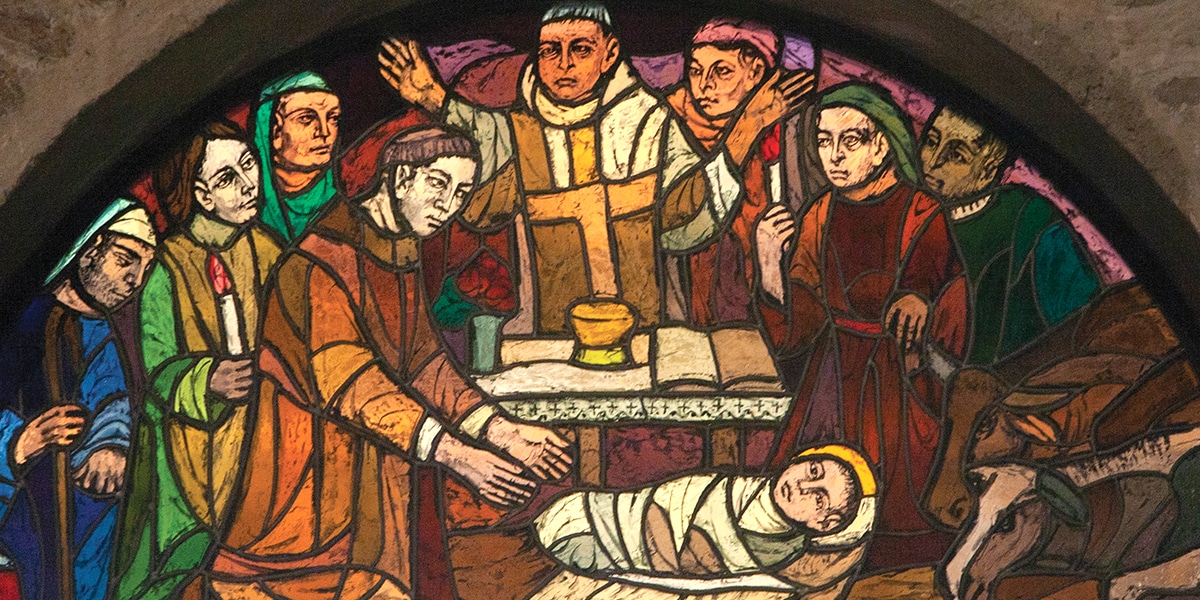

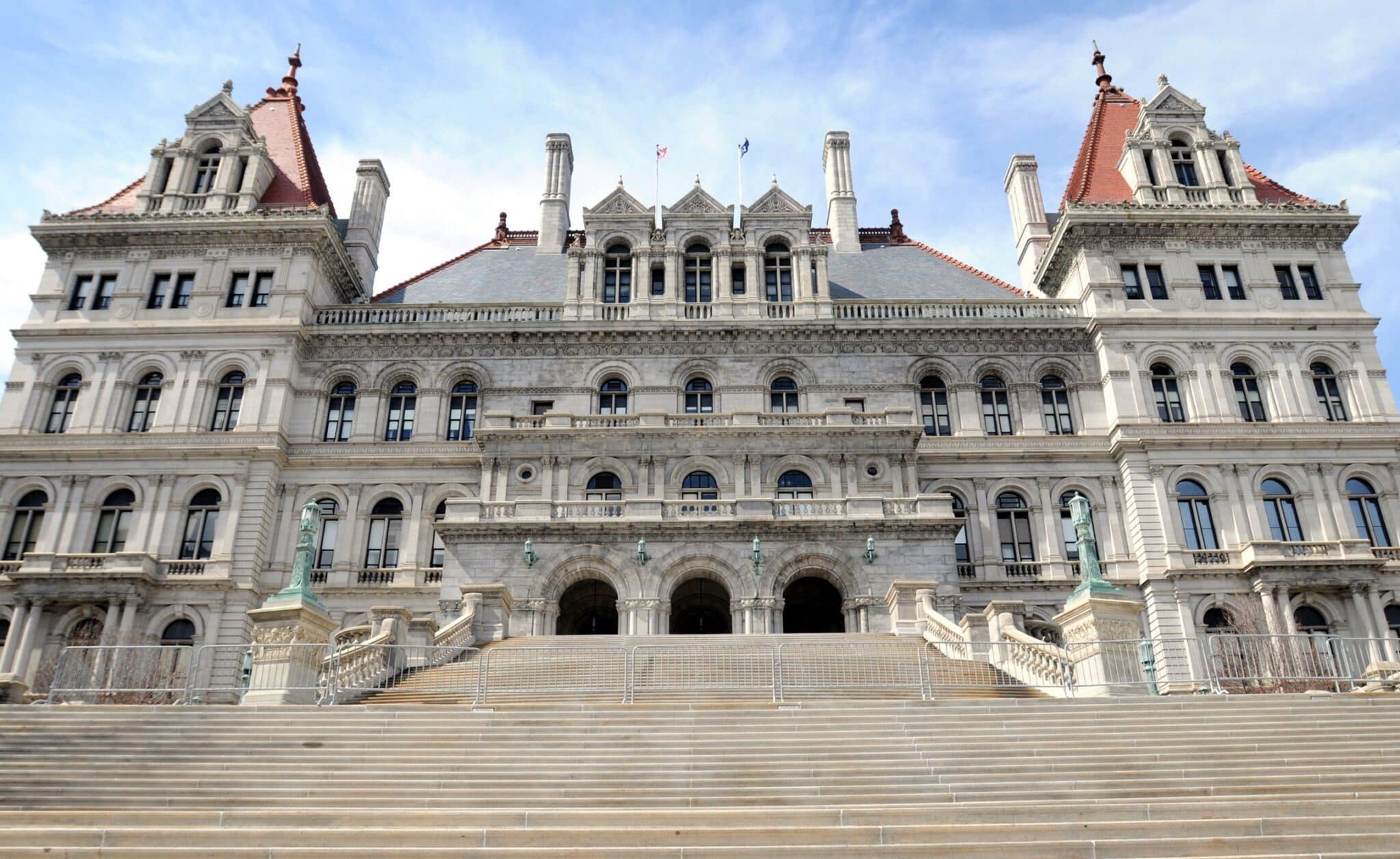
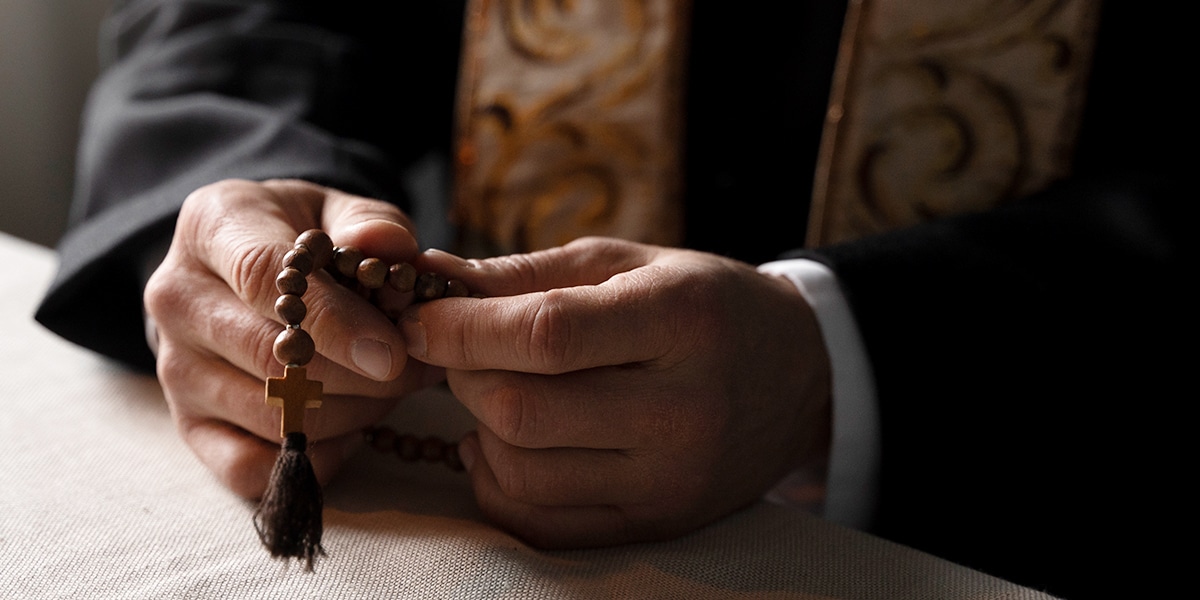
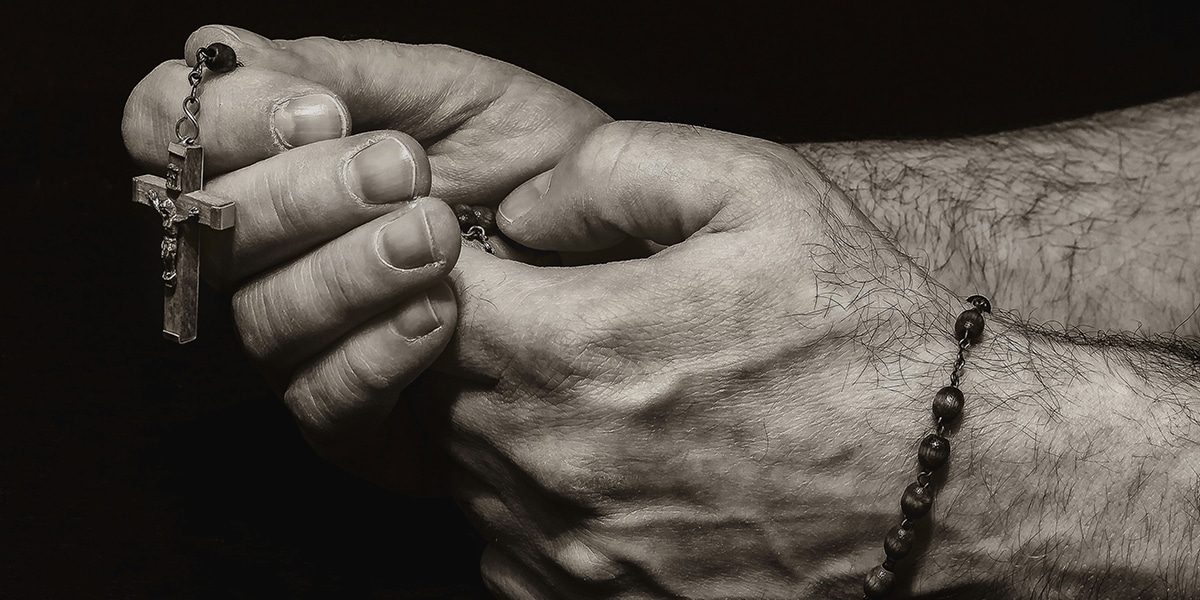
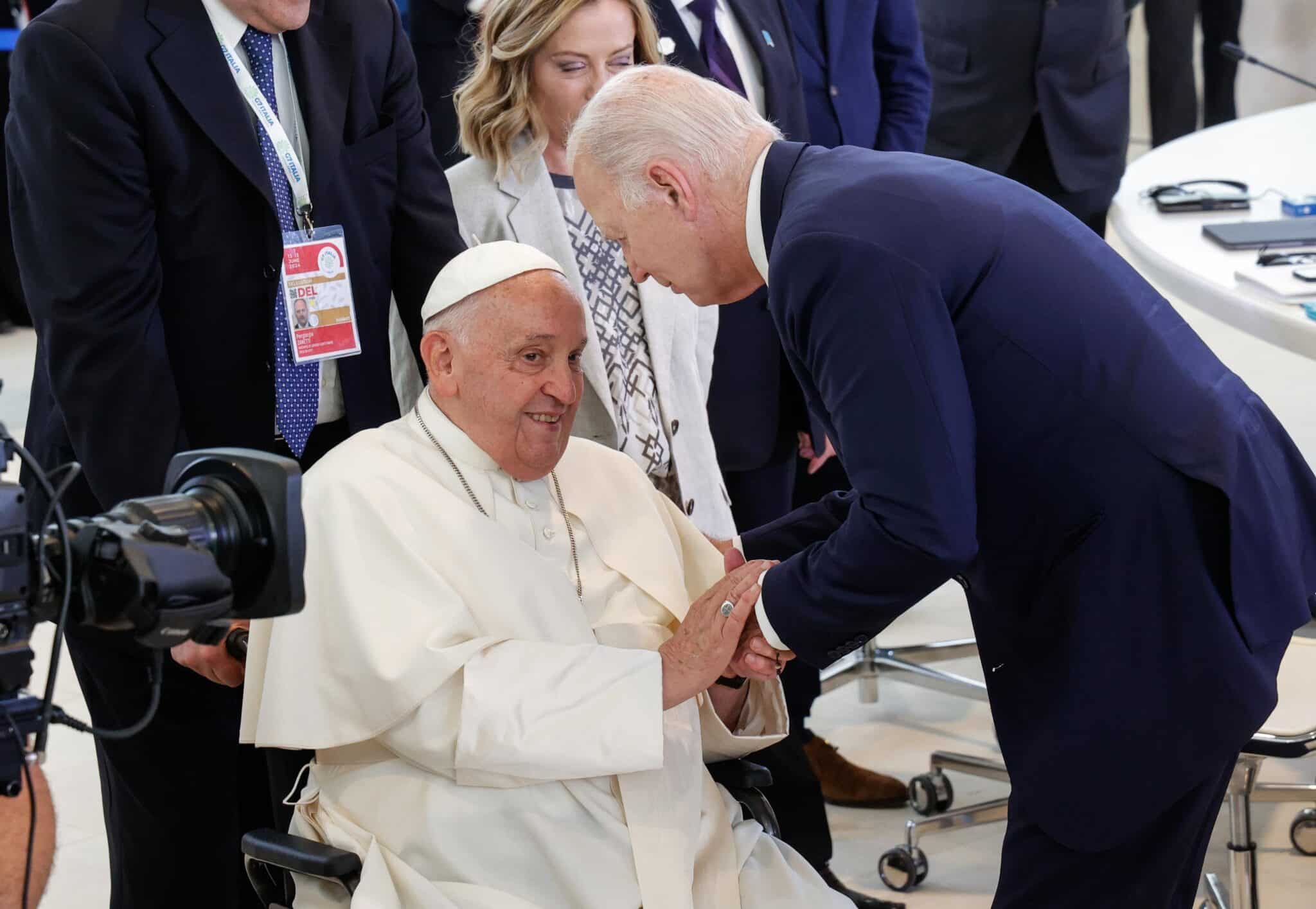

8 thoughts on “St. Francis and the Gift of Greccio”
Thank you for this deeper understanding of the Christmas Story in Greccio.
A big thank you for making me understand the greccio experience
St Francis of Assisi was indeed a living saint. May he intercede for us to emulate his exemplary life and we too learn to construct creches in our day both physically and spiritually. Wish you all happy Noel and prosperous new year, 2023.
GOD BLESS!!!!!!!!!!!!!!!!!
Pingback: Christmas at Greccio – Saint Gregory the Great Catholic Church
What a beautiful story, God bless all of us this Christmas and may the love of Baby Jesus remain with always. Merry Christmas everyone.
I was so move reading and I feel like I was there, it ‘s so beautiful. Saint Francis prY for us.
Thank you for sharing this reflection. In invites me to go inside of myself (interiority) and find the Christ in my heart.
Great read now that we are celebrating 800 years of Greccio. Thanks a lot!